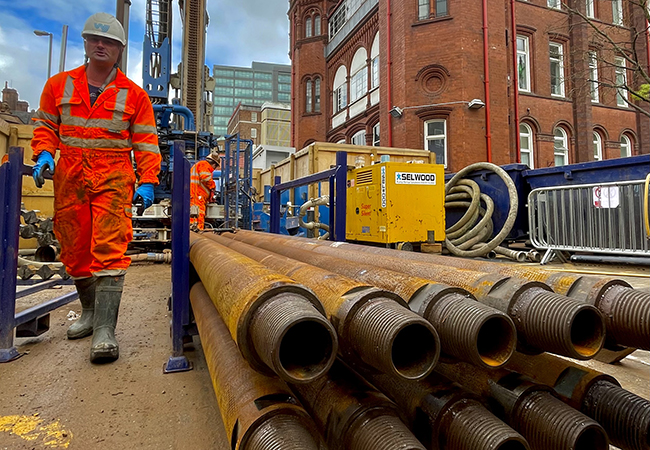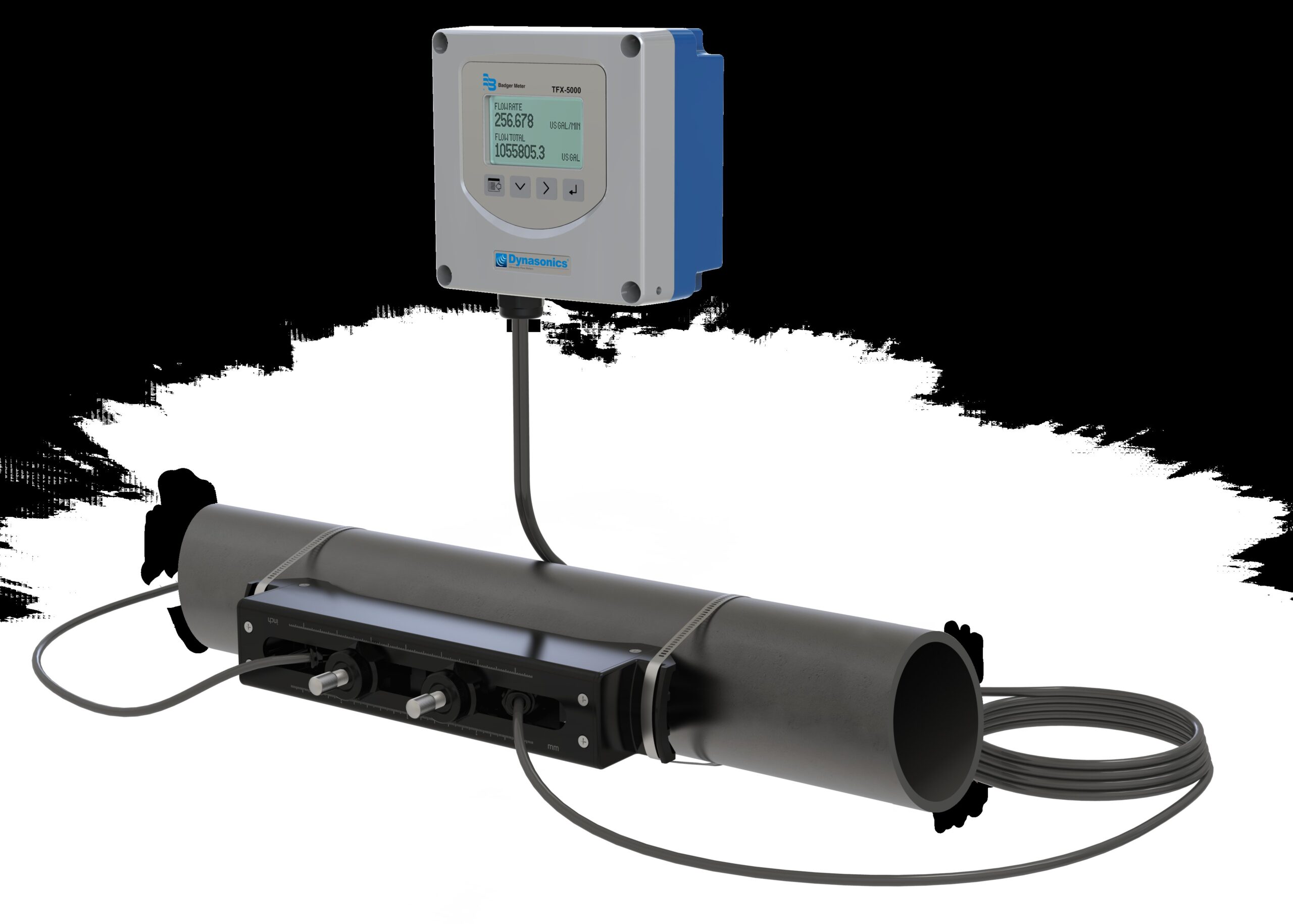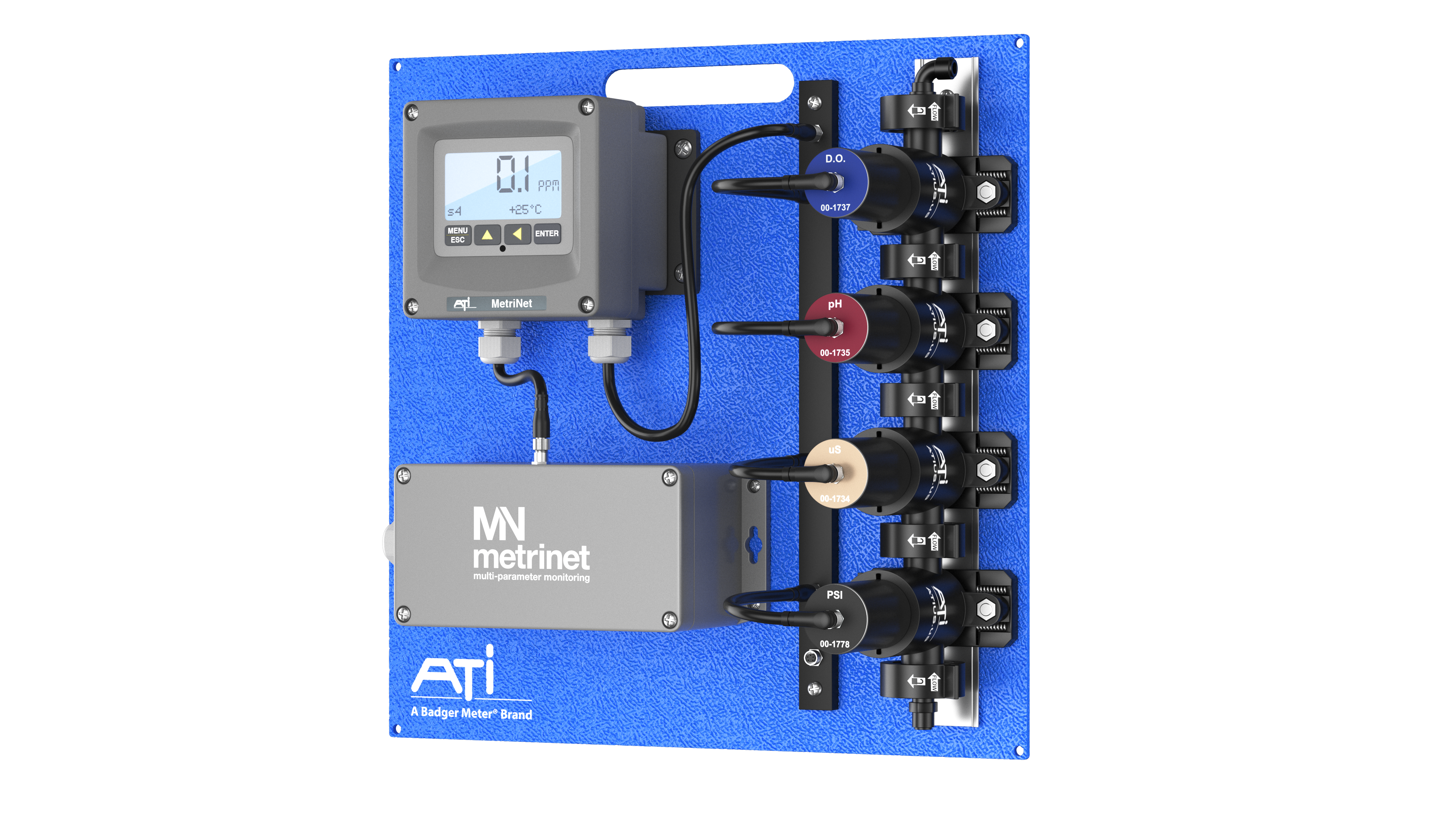
Non-domestic buildings account for around a third of the UK’s energy use for space and water heating, yet only 2,000 to 3,000 heat pump retrofits are completed in this sector each year, barely half the number required to stay on track for net zero.
That was the warning, from energy and buildings consultant Roger Hitchin, that framed a session on decarbonising heat at the CIBSE Decarbonisation of Heating and Cooling conference last month. Hitchin was joined by three other experts who shared data, insight and technical strategies to accelerate the transition from fossil-fuelled heating.
Independent consultant Colin Goodwin opened the session by positioning heat pumps as ‘the best available technology for decarbonising heat’, while also calling for future-ready thinking. ‘Fifteen years ago, it was CHPs,’ he said. ‘Technology changes, and we need to be thinking about what comes after heat pumps.’
CIBSE is actively contributing to that evolution through updated guidance, including TM51 on ground source heat pumps and the upcoming AM17.1, which focuses on retrofitting heat pumps in non-domestic buildings. ‘That’s where we see the biggest change and opportunity,’ Goodwin said. ‘The guidance we’re writing today we couldn’t have written five years ago. We didn’t have the experience, the knowledge or the feedback from real-world projects.’
Driving the domestic market
Heat Pump Association chief executive Charlotte Lee presented an overview of the UK’s domestic heat pump landscape. She said that nearly 100,000 heat pumps were installed in 2024, up 63% from the previous year – 43,500 installations were supported through government grants such as the Boiler Upgrade Scheme.
Lee said the Climate Change Committee (CCC) anticipates a 50% growth rate, with 150,000 installations in 2025, spurred by new-build market drivers such as the Future Homes Standard and clearer fossil fuel boiler phase-out timelines.
‘Housebuilders are getting ready for the inevitable,’ she said, but added that retrofitting existing dwellings remains the big challenge.
‘The CCC has proposed that, by 2035, more than 25% of homes should be fitted with a heat pump, rising to 80% by 2050.’ Achieving this requires more than 10,000 individuals per year to be upskilled. ‘It’s crucial we bring installers on the journey as well as consumers.’
Lee also called for policy reforms. ‘We need the lowest-carbon heat to be the lowest-cost heat,’ she said, emphasising the urgency of electricity/gas price rebalancing and Energy Performance Certificate reform. With the government’s Spending Review imminent (11 June), Lee added a note of caution regarding government support: ‘We need to be prepared not to get quite what we expect,’ she says.
She stressed that consumer priorities must remain central. ‘We need installations that don’t cost more to run – that’s really what people care about,’ she said, adding that strong guidance is key to ‘maintaining quality and consistency, providing confidence to installers and speeding up delivery, while maximising system efficiency’.
Laura Bishop, from the Ground Source Heat Pump Association, addressed the complex task of retrofitting non-domestic buildings.
She highlighted three key aspects to consider with commercial retrofit: type of system, sizing and temperature.
When determining the type of heat pump to install, it is important to ‘think about the balance of easiest and cheapest to install against running costs and carbon savings’, she said. In terms of sizing, Bishop warned that an error made too often was using gas boiler sizing to determine heat pump size. It is important to use heat-loss calculations, dynamic modelling, weather files and half-hourly gas data to inform system design, she said.
She also stressed the importance of reducing system temperatures where possible, from 80/60°C in traditional systems to 60/40°C or, ideally, 50/30°C for heat pumps. ‘The idea is to upgrade your building so you can bring those temperatures down,’ said Bishop, warning that existing radiators are often not able to meet heat demands at lower temperatures.
Bridging the retrofit gap
Bishop discussed the technical shift towards natural refrigerants such as R290, supported by evolving EU and UK regulation. High operating costs remain a barrier, she said: ‘Heat pumps are expensive to run compared with gas.’
Hitchin focused on the lag in non-domestic heat pump uptake. He highlighted several constraints, including price, system design quality and complex supply chains.
‘There is a mismatch between worrying about carbon savings and worrying about quality design installations. Only a quarter of heating firms say they offer heat pumps, and many of those are very small businesses,’ said Hitchin. ‘There are excellent firms, but many focus only on installation or design, without ensuring end-to-end system performance.’
Hitchin added that training and guidance will be vital, and said CIBSE’s upcoming retrofit guide for non-domestic buildings would close the knowledge gap.
Graham Evans, heat pump business development manager at Strebel UK, the session’s gold sponsor, stressed the role of accessible information.
‘Published data on these systems should be freely available and easy to find,’ he said, arguing that case studies will be critical to shifting public and professional perception.
‘Getting the good news out there that heat pumps actually work and do decarbonise is just as important as the project itself,’ he said.



